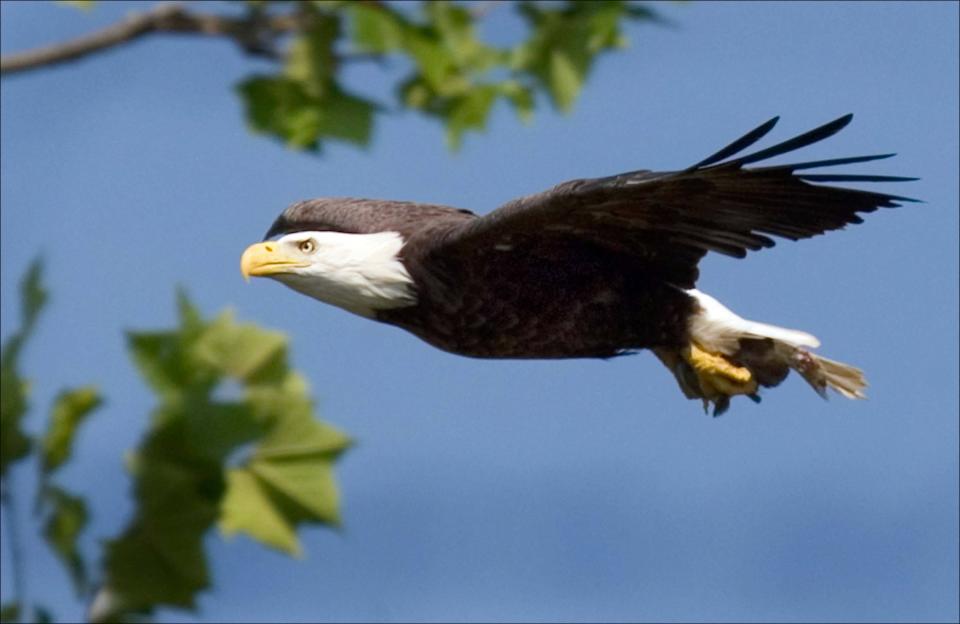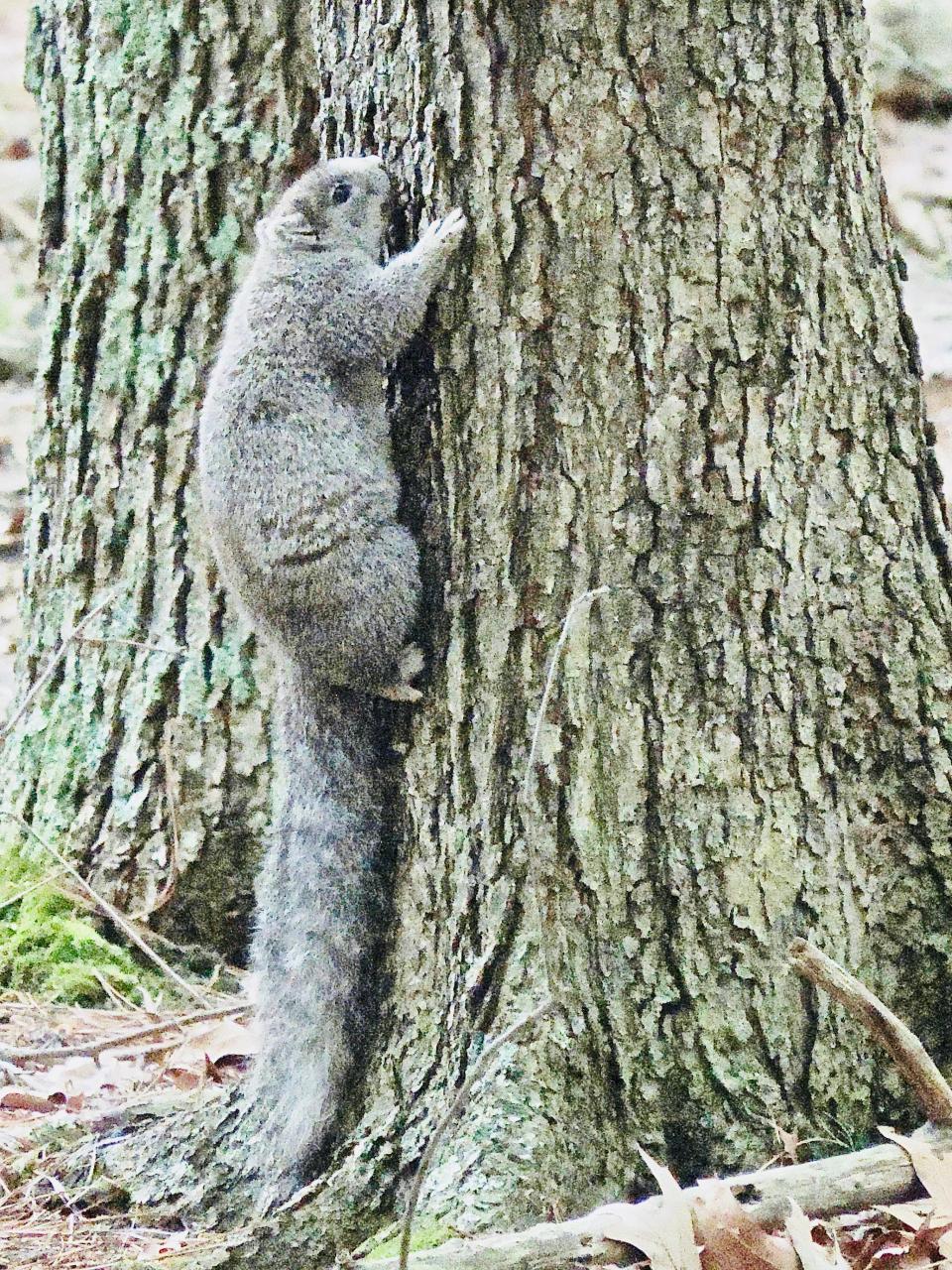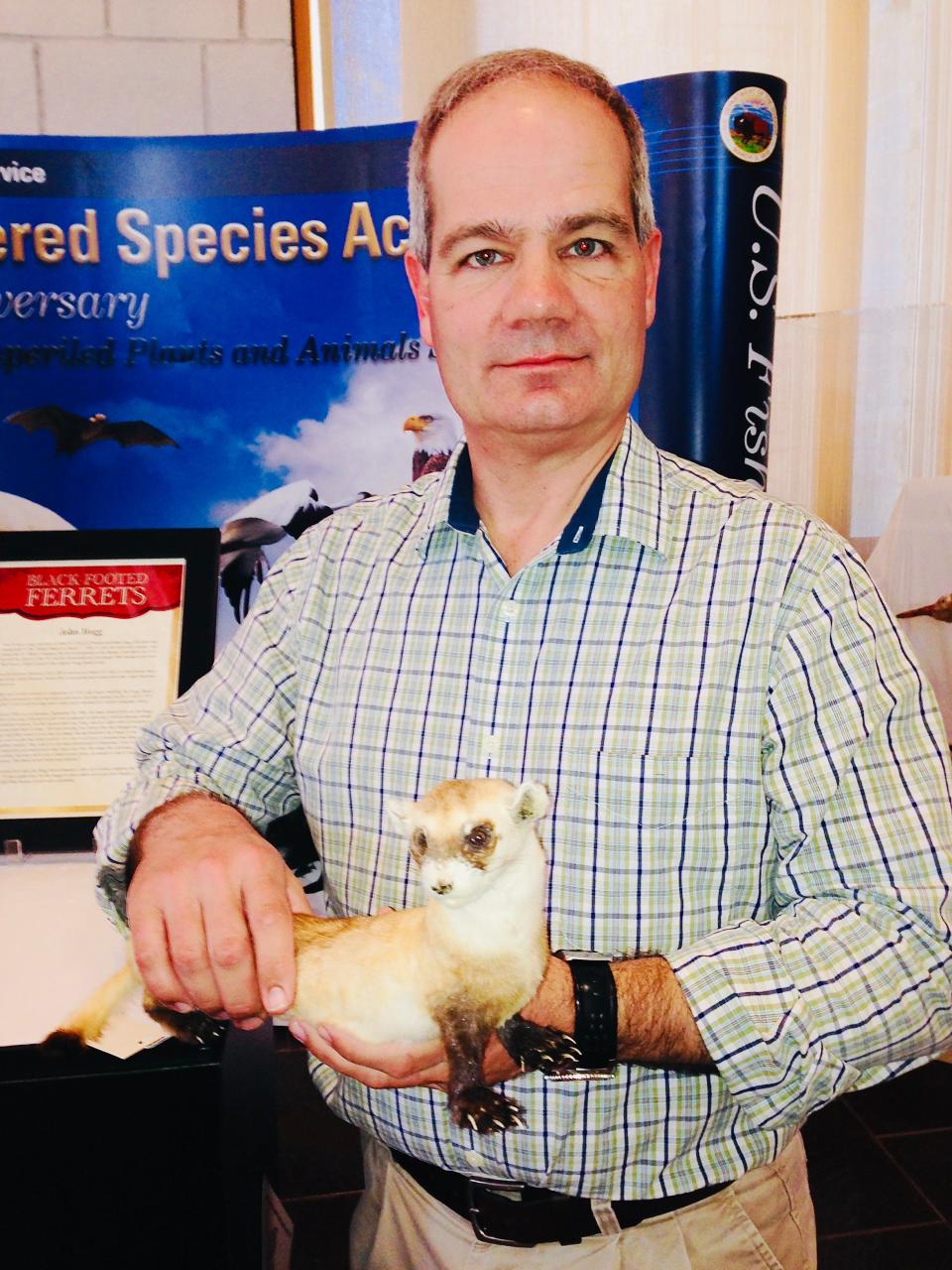Wildlife saved from extinction as the Endangered Species Act turns 50
What a country chooses to save is what a country chooses to say about itself.
— Mollie Beattie, U.S. Fish and Wildlife Service Director (1993-1996)
On Dec. 28, 1973, President Richard Nixon signed the world’s first Endangered Species Act, a revolutionary piece of legislation whose value has only grown in the half-century since its implementation. The legislation came about after a century of abuse of wildlife.
From the late 1800s, market hunting, poaching, game hogs and using feathers for women’s fashion had brought many species to the edge of extinction:
The more than 60 million bison that had dominated the Great Plains for thousands of years had been reduced to 541 by 1889.
The passenger pigeon, more numerous than any other bird in the world, had been reduced from more than 3 billion birds to extinction by 1914.
The pesticide DDT decimated our nation’s symbol. reducing bald eagle numbers to a relict 417 nesting pairs in the lower 48 states by 1963.
The largest North American land bird, the California condor, became extinct in the wild in 1987, and was reduced to 27 individuals sent to captive-breeding sites.

This large-scale loss of wildlife was the context for this new legislation that set out to list, protect and restore endangered and threatened species across the U.S. If the law had a motto, it would be “no more passenger pigeon-style extinctions!”
And over the last five decades, the ESA has been remarkably successful in stabilizing populations of species at risk — preventing the type of wide-scale extinction that occurred in previous centuries and conserving the habitats upon which these species, and the humans who appreciate them, depend.
Perhaps the poster child for this success is the American bald eagle. Nearly wiped out in the 20th century by hunting and toxins, it was finally taken off the endangered species list in 2007 when population recovered sufficiently.

Closer to home, the Delmarva Peninsula fox squirrel was highly endangered. Its habitat was reduced to Maryland by the early 1900s, and finally to only four Eastern Shore counties by 1967. Over the next decades the species was actively restored and translocated, and is recovered and delisted. It can be found on most of the Eastern Shore, and also in Virginia and Delaware.

But my favorite story is the black-footed ferret. Although North America’s only native ferret species once numbered between 500,000 and 1 million, in 1979 the presumed last member of the species died in captivity.
It was reminiscent of the last passenger pigeon, Martha, who died alone in the Cincinnati Zoo in 1914.
But this time there was a different ending.
A black-footed ferret was discovered in 1981 by a rancher’s dog near Meeteetse, Wyo., which launched the Black-Footed Ferret Recovery Program. Today more than 300 ferrets live in the wild scattered throughout their former range, still endangered but, happily, not extinct. The original rediscovered ferret is proudly on display at the National Conservation Training Center in Shepherdstown, W.Va.

If extinction is forever, then endangered means there is still time. We won’t always get a second chance as we did with the black-footed ferret. But thanks to this far-sighted legislation, we can at least hope that 50 years from now our children’s children enjoy the rich species diversity we are blessed with.
Mark Madison teaches environmental history, environmental ethics and environmental policy at Shepherd University.
This article originally appeared on The Herald-Mail: 2023 marks the 50th anniversary of the Endangered Species Act

